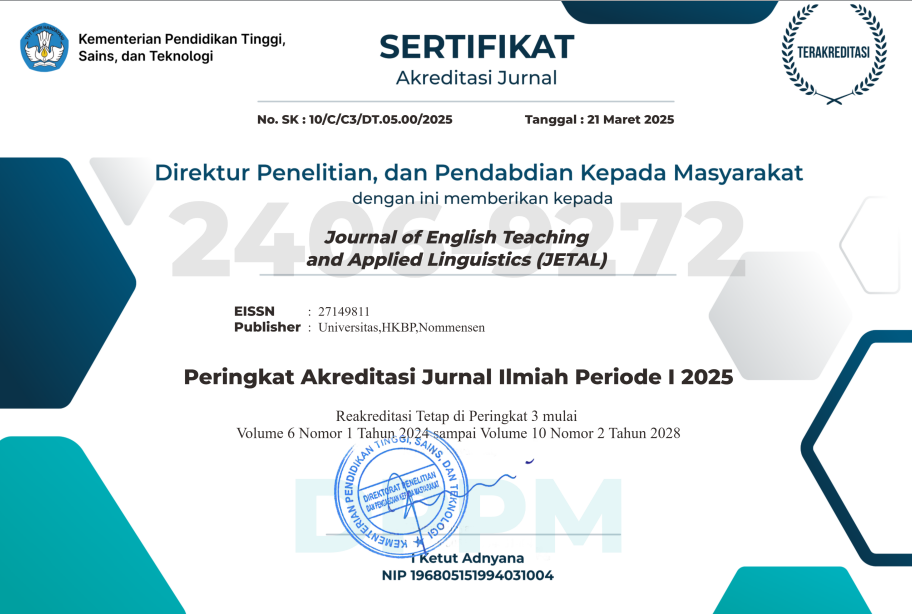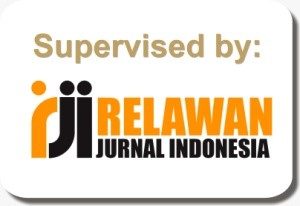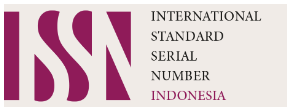MORPHOLOGICAL ANALYSIS OF STUDENTS’ WRITING
Abstract
Morphology is one of the important studies in linguistics that focuses on the words and the forming of the words from smallest pieces. This study explored morphological issues in students’ writings about their favorite person and best friend. Data were collected from students’ writing products that belongs to twenty five elementary students of fifth grades. The collected data were analyzed to examine the morphological errors encountered by the students in the rank of morphemes, words, phrases, and sentences The types of errors include omission, overused, misordering, misplacement, and misselection in the free morpheme (lexical and functional) and bound morpheme (inflection and derivation) elements. This research revealed that the participants contributed morphology errors in noun, verb, adjective, and adverb. Second, the most frequent type of morphological errors contributed by participants was misselection. The students have difficulties in understanding the formation and function of words due to the interference of their first language, the low proficiency of English words and structure, and their low practice of writing in the target language. It is expected that the teachers to use interesting technique of teaching and learning English to assist the students’ practices of the target language, and also frequently make corrections and explanations of the students’ writing for them to get clear and specific understanding of the aspect of morphology.
References
Akmajian, Andrian, Richard A. Demers, Ann K. Farmer, and Robert M. Harnish. 2010. Linguistics: An Introduction to Language and Communication. Massachussets: The MIT Press.
Al-khresheh, M. H. 2016. A Review Study of Constractive Analysis Theory. Journal of Advences in Humanities and Social Studies, 330 – 338.
Booij, Geert. 2005. The Grammar of Words. Oxford: Oxford University Press.
Brown, H. Douglas. 2007. Principle of Language Learning. New York: Pearson Longman.
Dewaele, J.M., Furnhman, A. 2000. Personality and Speech Production: A Pilot Study of Second Language Learner. Personality and Individual Differences, 28: 355-365.
Eberhard, David M, Gary F. Simons, and Charles D. Fennig 2019. Ethnologue: Language of the Worlds. Twenty-second edition. Dallas, Texas: SIL International.
Fromkin, Victoria, Robert Rodman, Nina Hyams. 2003. An Introduction to Language. Boston: Wadsworth.
Handoko, M. D. 2019. English Morphology. Lampung: CV. IQRO’.
James, Carl. 2013. Error in Language Learning and Use: Exploring Error Analysis. New York: Routledge.
Kusumawardhani. 2018. The Error Analysis Of Derivational Morphology In Efl's English Narrative Composition. International Journal of Language Education 2(1). DOI:10.26858/ijole.v2i1.4857
Lapham, Jane 2023. What is Morphological Analysis? An article taken on September 3rd, 2023 and from website https://www.languagehumanities.org/what-is-morphological-analysis.htm#google_vignette
Nunan, D. 2003. Practical English Language Teaching. New York: McGraw Hill.
Nurhikmah, Z. (2023). Enhancing Students’ Writing Skill by Using Mind Mapping. Journal of English Language Teaching, Literatures & Applied Linguistics (JELTLAL), 1(1), 15. https://doi.org/10.20961/eed.v5i2.36059
Payne, Thomas E. 2011. Understanding English Grammar: A Linguistic Introduction. Cambridge: Cambridge University Press.
Pranata, Adi, Alfina and Abadi. 2020. Analysis of Morphological Errors in Students’ Writing. International Journal of English Education and Linguistics (IJoEEL), 4(1): 14-21. DOI:10.33650/ijoeel.v4il.3881.
Yule, George. 2010. The Study of Language. New York: Cambridge University Press.
Sepyanda, Marsika. 2017. The importance of English Subject in Elementary School Curricullum. English Language Teaching and Research, 1(1): 206-216.
Wardani, I., Hasan, B., & Waris, A. (2014). Improving the Ability in Writing Descriptive Text through Guided-Question Technique. Journal of English Language Teaching Society (ELTS), 1-13.

This work is licensed under a Creative Commons Attribution-ShareAlike 4.0 International License.
Authors retain copyright and grant the journal right of first publication with the work simultaneously licensed under a Creative Commons Attribution-ShareAlike 4.0 International License (CC BY-SA 4.0) that allows others to share the work with an acknowledgment of the work's authorship and initial publication in this journal.
Authors are able to enter into separate, additional contractual arrangements for the non-exclusive distribution of the journal's published version of the work (e.g., post it to an institutional repository or publish it in a book), with an acknowledgment of its initial publication in this journal.
Authors are permitted and encouraged to post their work online (e.g., in institutional repositories or on their website) prior to and during the submission process, as it can lead to productive exchanges, as well as earlier and greater citation of published work (See The Effect of Open Access).






